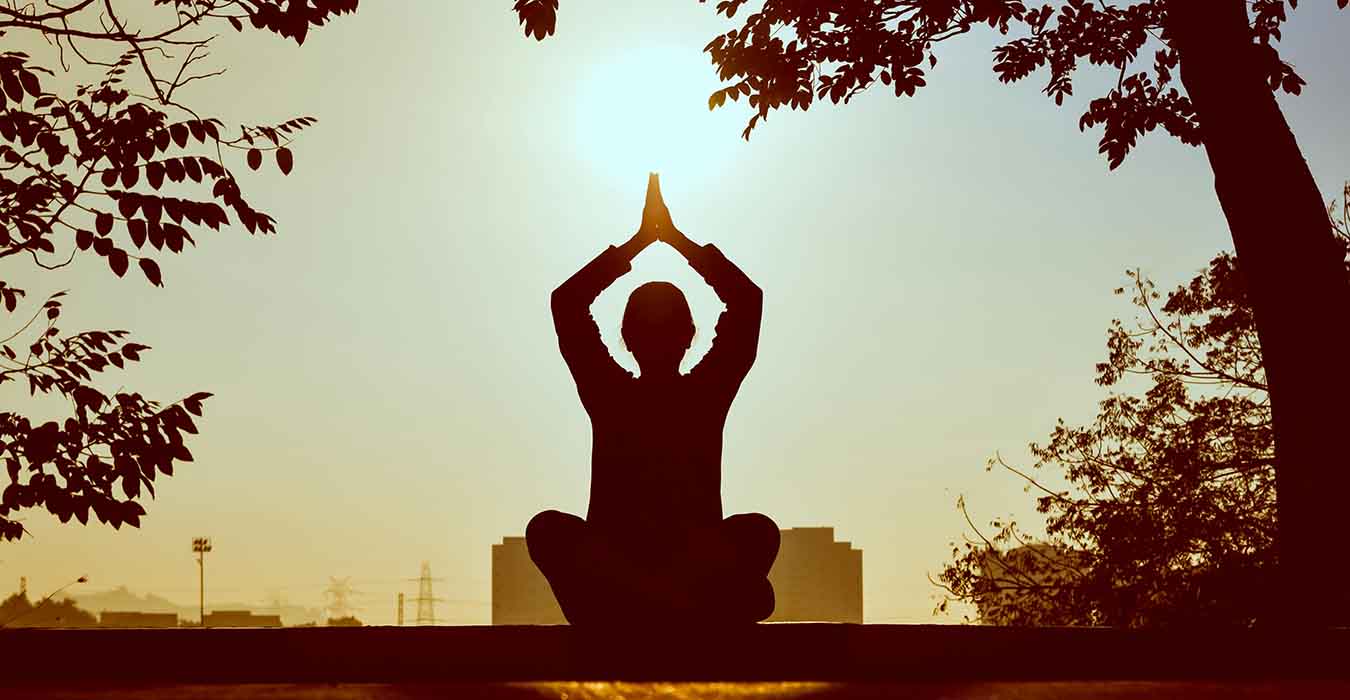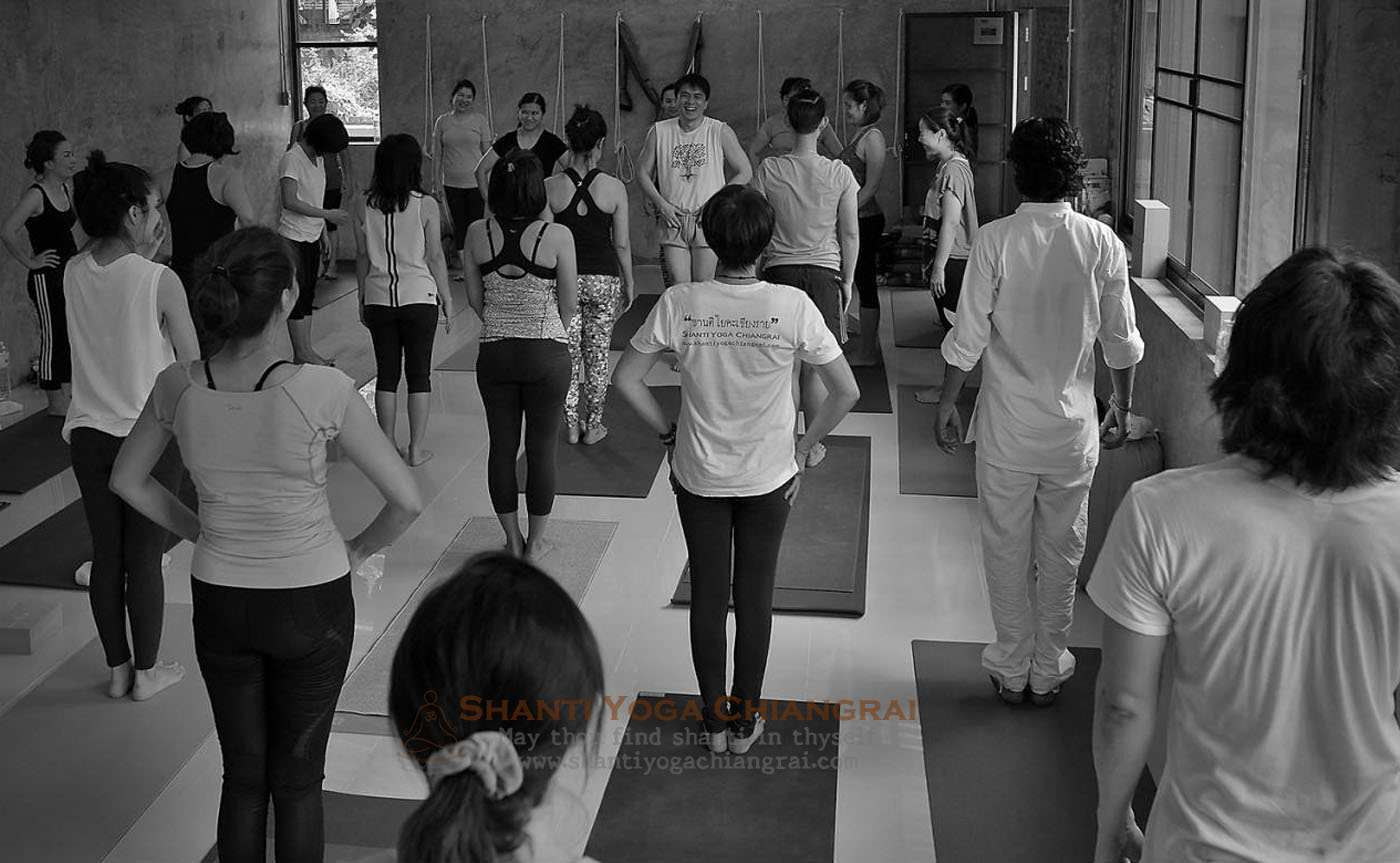- Version
- Download 65
- File Size 5.84 MB
- File Count 1
- Create Date March 15, 2024
- Last Updated March 15, 2024
Related Post
Hatha yoga
Hatha Yoga: A Complete Guide Hatha yoga is a mind and body practice with a 5,000-year history in ancient Indian philosophy. Various styles of hatha yoga combine physical postures, breathing exercises, and meditation or relaxation. This blog post will cover everything you need to know to get started with hatha yoga, including: What is hatha yoga? The benefits of hatha yoga Different types of hatha yoga How to prepare for a hatha yoga class What to expect during a hatha yoga class Hatha yoga poses for beginners What is Hatha Yoga? The word “hatha” comes from the Sanskrit words “ha” meaning “sun” and “tha” meaning “moon.” Hatha yoga is a practice that unites the opposing energies of the sun and moon, or the active and passive energies of the body. Hatha yoga is a general term for any type of yoga that focuses on physical postures. It is a mind and body practice that combines physical postures, breathing exercises, and meditation or relaxation. The goal of hatha yoga is to achieve a state of physical, mental, and spiritual well-being. Hatha yoga can be practiced by people of all ages and fitness levels. The Benefits of Hatha Yoga There are many benefits to practicing hatha yoga, including: Increased flexibility Improved strength Reduced stress Improved sleep Better balance Reduced pain Improved mood Increased energy Enhanced self-awareness Different Types of Hatha Yoga There are many different types of hatha yoga, each with its own unique focus and style. Some of the most popular types of hatha yoga include: Iyengar yoga: This type of hatha yoga focuses on precision and alignment in the postures. Vinyasa yoga: This type of hatha yoga links breath with movement in a flowing sequence. Ashtanga yoga: This type of hatha yoga is a vigorous practice that follows a set sequence of postures. Yin yoga: This type of hatha yoga focuses on holding postures for longer periods of time to target the connective tissues. Restorative yoga: This type of hatha yoga uses props to support the body in passive postures. How to Prepare for a Hatha Yoga Class If you are new to hatha yoga, there are a few things you can do to prepare for your first class: Wear comfortable clothing that you can move in. Bring a yoga mat and water bottle. Arrive early to class so you can get settled in. Let the instructor know if you have any injuries or health conditions. What to Expect During a Hatha Yoga Class A typical hatha yoga class will begin with a warm-up, followed by a series of postures, and then a cool-down. The instructor will demonstrate each posture and provide modifications for different levels of experience. You will be encouraged to listen to your body and not push yourself beyond your limits. Hatha yoga is a non-competitive practice, so there is no need to compare yourself to others. Hatha Yoga Poses for Beginners If you are new to hatha yoga, here are a few basic poses to get you started: Mountain pose (tadasana): Stand with your feet shoulder-width apart and your arms at your sides. Downward-facing dog (adho mukha svanasana): Start on your hands and knees, then tuck your toes under and lift your hips up and back. Child’s pose (balasana): Kneel on the floor and sit back on your heels. Fold your torso forward and rest your forehead on the ground. Warrior pose (virabhadrasana I): Step forward with one leg and bend your front knee until it is at a 90-degree angle. Keep your back leg straight and your arms raised overhead. Corpse pose (savasana): Lie on your back with your legs extended and your arms at your sides. Conclusion Hatha yoga is a great way to improve your physical and mental health. If you are interested in trying hatha yoga, there are many resources available to help you get started. You can find hatha yoga classes at most gyms and yoga studios. You can also find many online resources, such as videos and articles, that can teach you the basics of hatha yoga.
7 มิถุนายน 2558 “ชานติโยคะเชียงราย” ได้จัดกิจกรรมขึ้นครั้งแรก ณ ชานติ โยคะ เชียงราย ได้รับการตอบรับจากผู้สนใจในโยคะเป็นจำนวนมาก โดยกิจกรรมได้จัดไว้ 2 ช่วงเวลาด้วยกัน โดยในช่วงเช้า 09.00-11.30 น. นำโดยครูตุล (คุณสรรเสริญ ปัญญาธิวงศ์) เป็นผู้สอนโยคะในช่วงเช้า และในช่วงเย็น 16.00-18.00 น. นำโดยมาสเตอร์อนูป (ครูสอนโยคะจากประเทศอินเดีย) และตลอดทั้งวันมีผู้มาร่วมแสดงความยินดี และเข้ามาสอบถามกิจกรรมครั้งต่อไปกับทางเรา ทางเราใคร่ขอขอบคุณผู้ที่สนใจทุกๆ ท่าน สำหรับกิจกรรมในครั้งต่อไป ทางเราได้จัดขึ้นในช่วงตลอด 2 เดือน คือ มิถุนายน-กรกฎาคม 2558 สอนโดยมาสเตอร์อนูป หากสนใจสามารถเข้าดูรายละเอียดได้ที่หัวข้อ “เรียนโยคะ กับ Master Anup”
เมื่อฉันเป็นมะเร็งถึง 2 ครั้ง เมื่อฉันเป็น “มะเร็งถึง 2 ครั้ง” จากอดีตเป็นผู้ป่วยมะเร็งเต้านม ระยะที่ 2 เมื่อ 9 ปีที่ผ่านมา (ปี พ.ศ. 2558) รักษาหายมาแล้ว 8 ปี และในช่วงเดือนกุมภาพันธ์ พ.ศ 2566 ได้ตรวจพบมะเร็งลามไปต่อมน้ำเหลือง ซึ่งเป็นมะเร็ง ระยะที่ 3 เป็นการกลับมาเผชิญสถานการณ์ที่ไม่คาดคิด เป็นมะเร็งรอบที่ 2 ทิพย์ตัดสินใจเข้ากระบวนการรักษาอีกครั้ง โดยทุกอย่างผ่านพ้นไปด้วยดี ครบ 1 ปีแล้ว ทิพย์จึงอยากจะแบ่งปันเรื่องราวของตัวเองเพื่อเป็นวิทยาทานให้กับหลายๆ คน ที่กำลังสนใจ เรื่อง “โรคมะเร็ง” รวมทั้งเพื่อเป็นกำลังใจให้กับผู้ที่กำลังเผชิญกับโรคร้ายนี้อยู่ หวังว่าจะเป็นประโยชน์กับผู้ที่สนใจทุกๆ นะคะ ทิพย์ กำไลทิพย์ ศิริธรรมขันติ ผู้ก่อตั้งชานติโยคะเชียงราย สามารถกดเข้าไปอ่านได้ที่นี่ หรือกดดาวน์โหลด eBook ได้ที่นี่ >>


